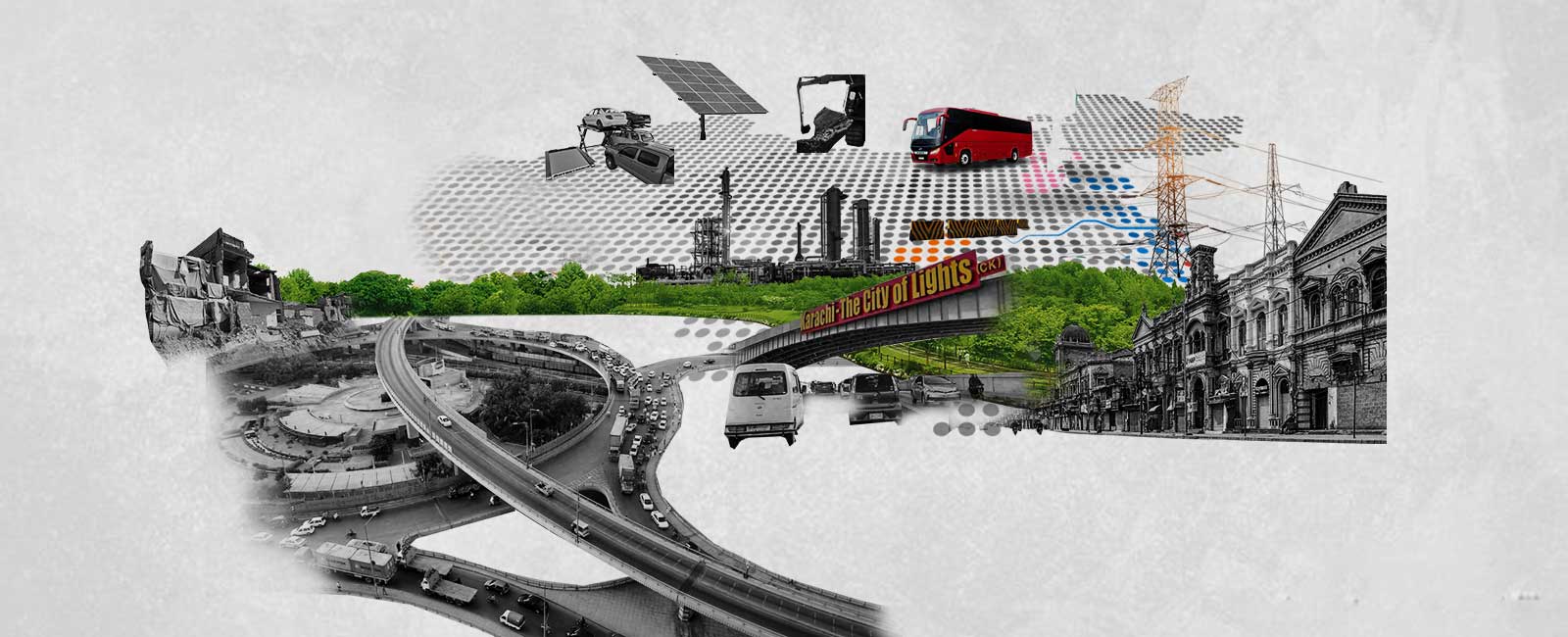Karachi Master Plan 2047: Will urban disarray ever end in metropolis?
Institutions develop master plans to direct a city's growth; however, a mismatch between plans and needs of citizens generally results in informal development and ad-hoc solutions

The city of Karachi has taken a major step towards the future with the unveiling of the Karachi Master Plan 2047. This comprehensive plan will be designed to guide the city's development over the next 27 years, and address key areas such as land use, transportation, housing, economic development, environmental protection, and communities.
Though the plan's details remain unpublicised as yet, it is expected to tackle some of the city's pressing challenges, including traffic congestion, inadequate housing, and poor air and water quality. The plan will outline strategies to overcome these issues and enhance the overall quality of life. With effective implementation, the master plan has the potential to bring positive changes to the city, including improved quality of life, a stronger economy, and enhanced community services.
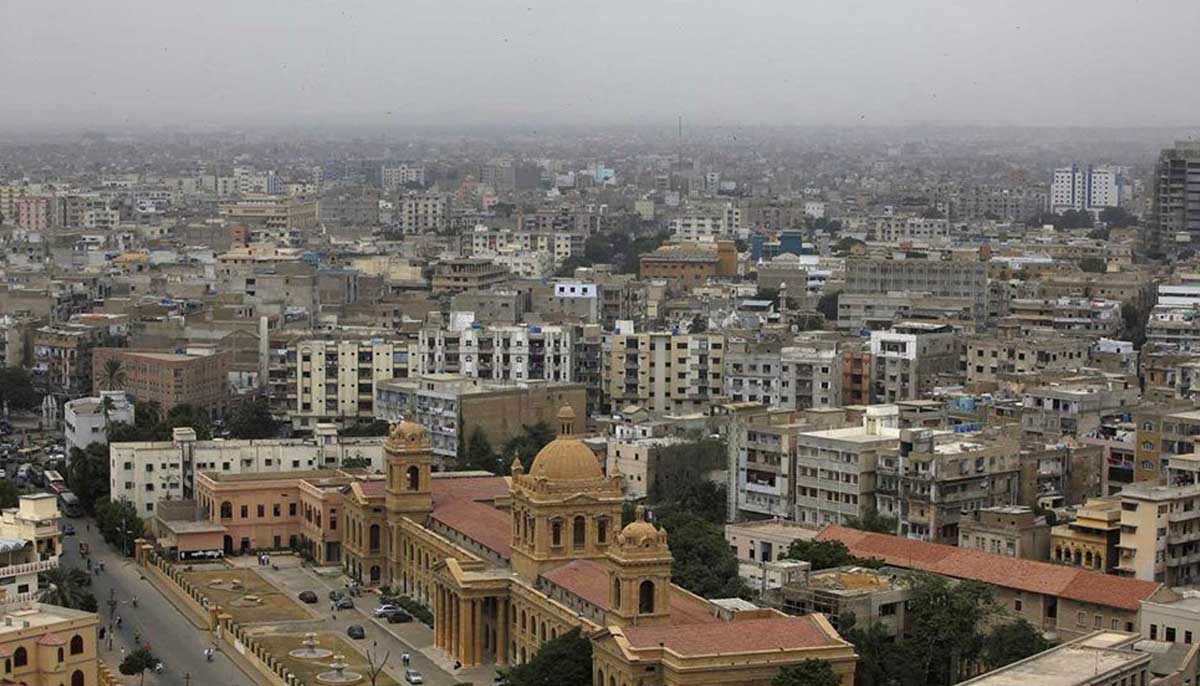
Communities often look towards a master plan to help create a vision for their future. However, these plans are not always created with the community in mind, which has been the case in the global south. They are often developed using a top-down approach by state institutions with the support of foreign agencies, builders and developers. The result is limited public participation and a missing community perspective.
Effective master plan for cities: aligning growth with community needs
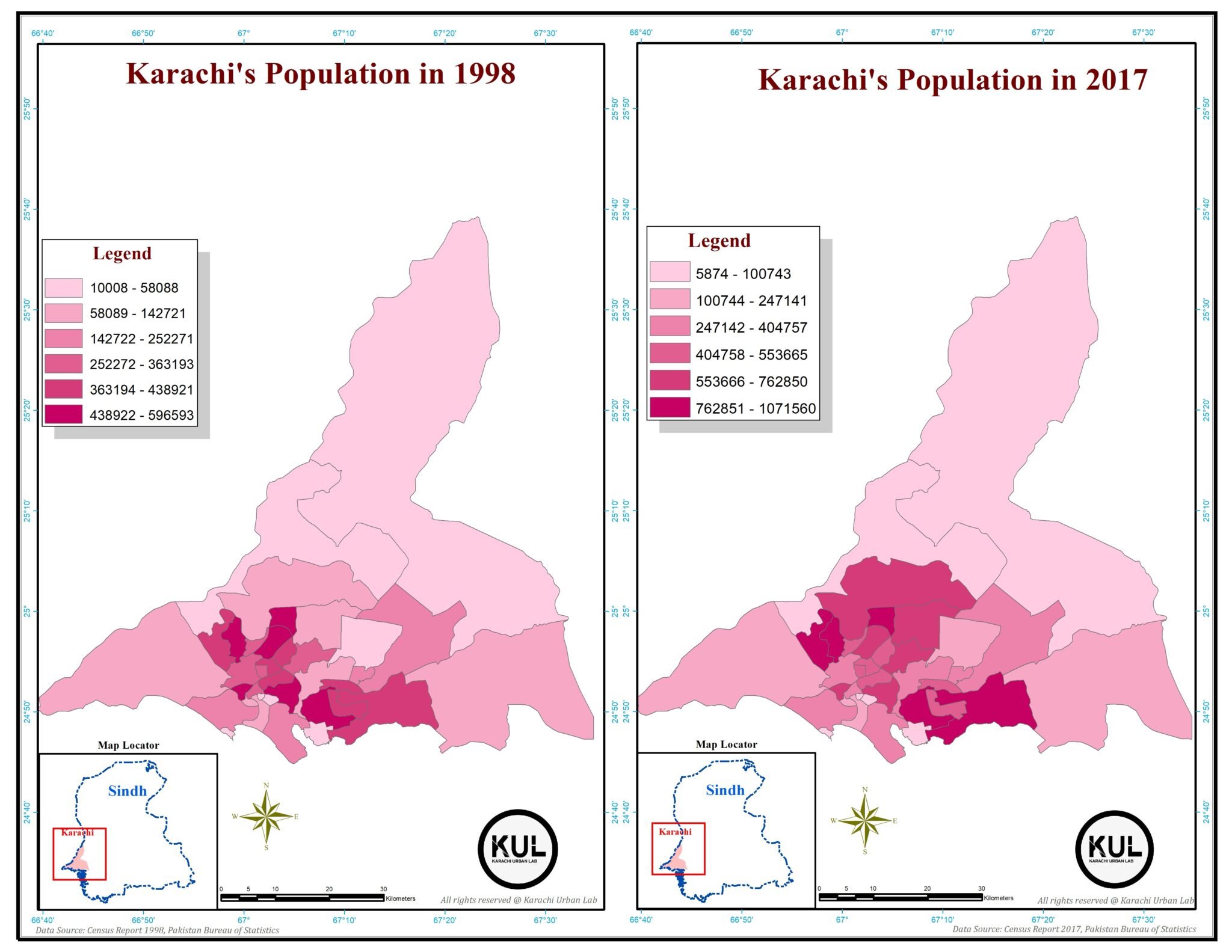
Master plans are forward-looking and provide a blueprint for city development. The purpose of a master plan is to understand the current reality of a city through scientific data. A well-designed plan must be based on accurate information, thorough analysis, and a clear plan for implementation. The benefits of such a plan are numerous. They promote sustainable growth, enhance the quality of life, support economic development, define community identity, and inform decision-making.
A master plan provides a comprehensive outline of the community's long-term vision and strategy for development, covering key aspects. It lays out the future vision for the community and helps residents achieve their desired outcomes. The success of a master plan is dependent on realistic assumptions about several key factors such as population, urban informality, land use, zoning, transportation, water supply, energy, education, housing, and ecology.
Creating a successful master plan requires a deep understanding of a city's current reality. This includes evaluating the needs and desires of residents and analysing their way of life. Institutions develop master plans to direct a city's growth, but if these plans don't match the needs of citizens, it can lead to informal development and ad-hoc solutions. Accurate population data is a critical component of planning, as providing services to all segments of society is not possible without it.
Urban planners around the world use census data to understand the demographic and socioeconomic conditions of their cities. In Karachi, the official population was estimated to be 16 million, while water and energy providers believe it to be 30 million.
This large discrepancy makes it challenging to develop a successful master plan as the resources required for the unaccounted 14 million population cannot be determined. The same applies to other critical factors such as housing demand, health, transportation, gender mobility, education, and employment.
Past master plans for Karachi: an analysis of successes and failures
Seven master plans have been proposed for Karachi in the past, including two before independence in 1947. Despite efforts, the implementation of these plans has proven challenging. The first plan, proposed by A.E. Miram in 1922, was the only one fully approved and implemented.
The second plan, proposed by Colonel Swain Thomas in 1946, and the subsequent five plans faced issues such as delayed publication, mismatched proposals with the current reality, legal and technical shortcomings, and limited implementation.
To improve future town planning for Karachi, it is crucial to understand the successes and failures of previous plans. It is time to reflect on the past and determine a solution to the city's disarray.
Why did previous master plans for Karachi fail?
Master plans in Karachi have fallen short of their goals due to multiple factors, including the unavailability of accurate data, a lack of community involvement, fragmented governance and coordination among government agencies, political influence, and poor implementation. The absence of comprehensive data has made it difficult to make informed decisions about the city's future. Community engagement was also lacking, meaning the needs and desires of residents were not represented in the planning process.
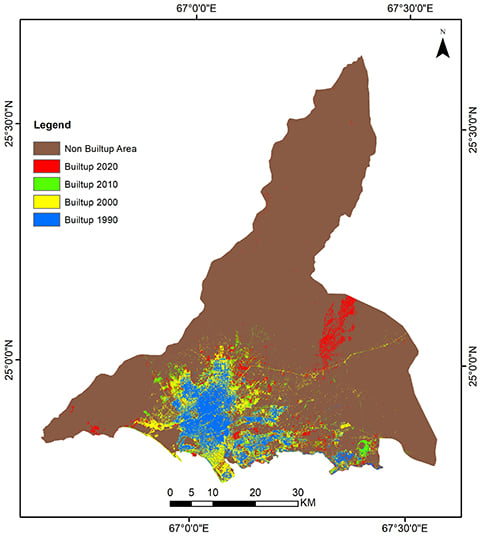
Government agencies in Karachi faced conflicting interests and poor coordination, leading to inconsistent plans. Political considerations and corruption, sometimes, impacted the planning process, causing decisions that were not in the best interest of the community.
Ineffective implementation was due to limited resources, lack of political will, and insufficient coordination among government agencies. To ensure the success of future master plans, it is imperative to address these shortcomings and prioritise comprehensive data, meaningful community engagement, and effective implementation in the planning process.
Karachi's urban woes prompt Supreme Court intervention
Karachi, the economic hub of Pakistan, has been facing severe urban governance issues, including fragmented roles, and overlapped responsibilities. In response to these problems, the Supreme Court intervened through a constitutional petition in January 2018. The court noted that the city "has no semblance of a city, rather it looks like a big chunk of slum" and ordered the restoration of its glory.
The Government of Sindh acted by hosting the "Urban Planning Conference Transforming Karachi" in January 2019. The conference's agenda was based on the Supreme Court's orders and focused on the following key areas:
- Restoring the glory of Karachi.
- Removing encroachments and rehabilitating affected people.
- Converting land use and restoring public parks, playgrounds, and amenities.
- Developing an efficient public transport system including the Karachi Circular Railway.
- Creating a strategic master plan for Karachi.
The Government of Sindh is working on a new master plan for Karachi, the sixth after independence and the eighth in total. While typically, masterplans are made for a period of 10, 15 or 20 years, Karachi’s latest iteration of the same, dubbed either the "Karachi Master Plan 2047" or the "Greater Karachi Regional Plan 2047", is envisioned for the year 2047, and the only rationale behind this particular year is that this aligns with nationalistic rhetoric of celebrating Pakistan’s 100th year of independence in 2047.
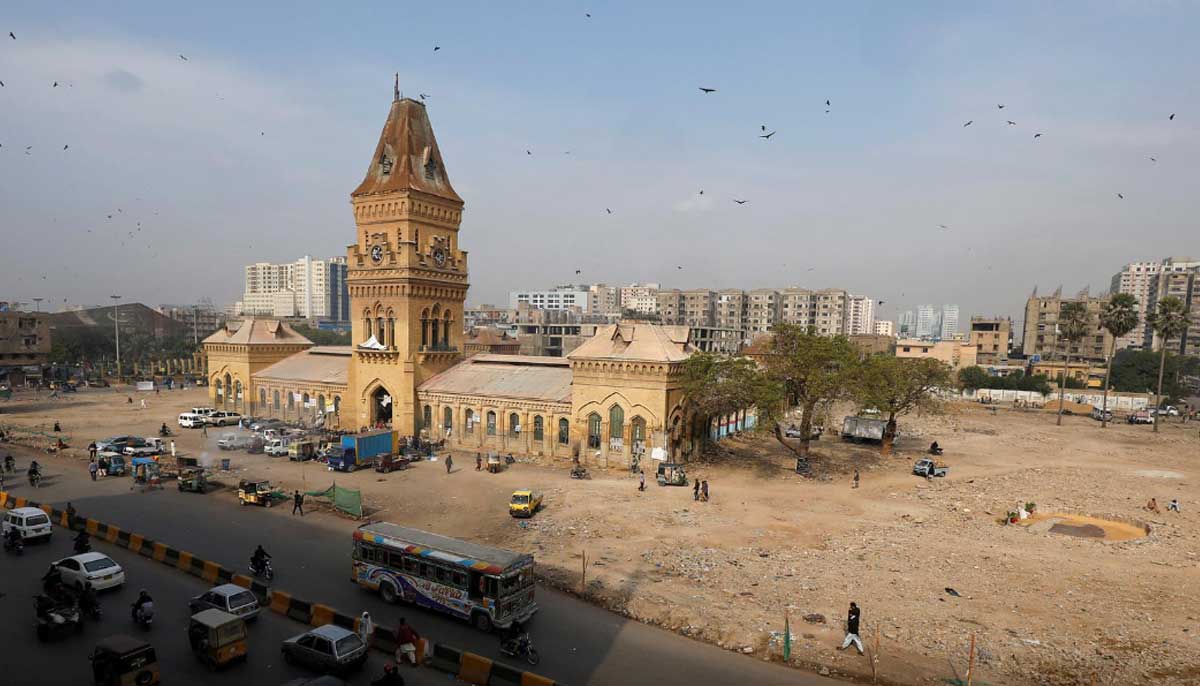
This plan is receiving technical assistance from the United Nations Development Programme (UNDP). The urban policy and strategic planning unit of the Sindh government is spearheading the effort, with the Karachi Development Authority (KDA) master plan office, Sindh Building Control Authority (SBCA), and the World Bank-funded Project Implementation Unit of the Karachi Neighborhood Improvement Project (KNIP) lending support to create "Vision Karachi 2050" — a shared vision that will enhance urban livability and sustainability in the dynamic and complex city.
This effort is in response to the Supreme Court's orders and the implementation of the Sindh Urban and Regional Master Plan Authority Act 2020, which was passed by the Sindh Assembly.
Karachi Master Plan 2047: questions remain unanswered
The citizens of Karachi are in the dark regarding the details of the upcoming Master Plan 2047. Although it is known that work is underway, its direction remains a mystery. One of the crucial questions is whether the plan will be people-centric, requiring participation from city planners, environmental activists, architects, and community representatives.
As the world grapples with the effects of climate change, it is important to consider whether the Karachi Master Plan will address environmental issues. Globally, major cities are focusing on reducing carbon emissions, promoting renewable energy, and adopting eco-friendly practices.
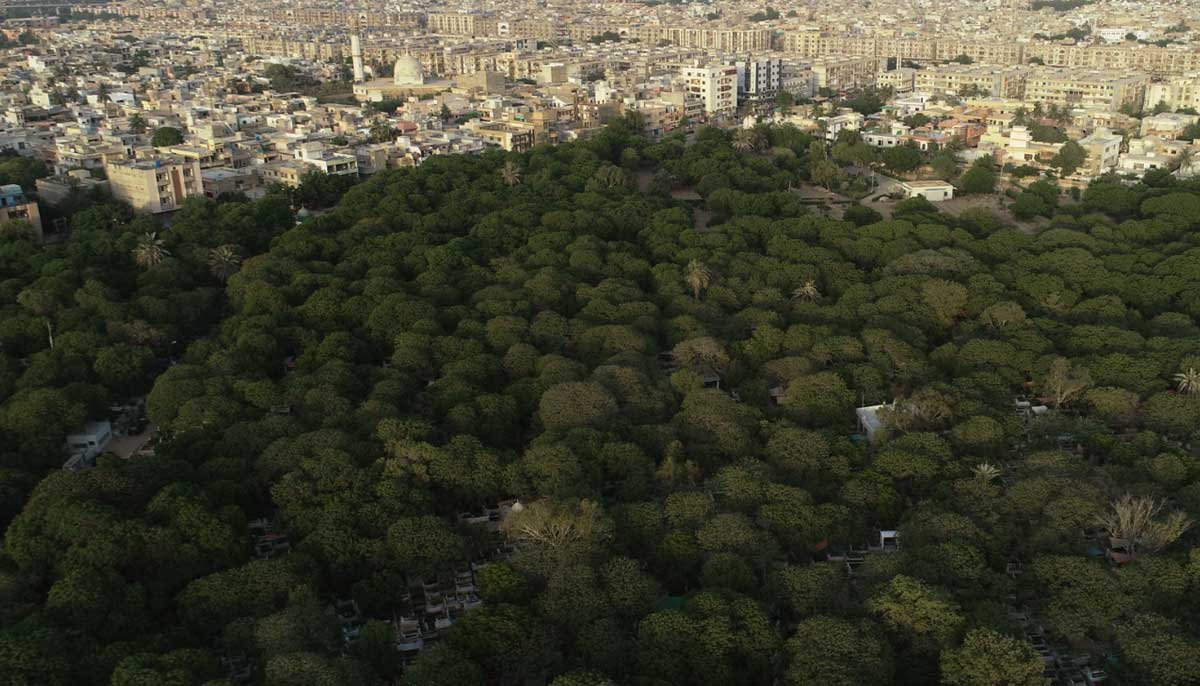
Karachi must also strive to improve its waste management system, adopt green energy sources, and introduce a biofuel-based public transport system. The city's coastline, including mangrove forests, must be protected, and efforts must be made to reduce rising temperatures. Improving access to open spaces for citizens is another crucial aspect of the master plan.
This can be achieved by increasing green cover and improving parks. Preparedness for climate disasters and public awareness must also be integral components of the plan.
Master plan for Karachi: a game-changer or disaster for residents?
The Karachi Master Plan, a hope to improve the lives of its residents, has the potential to bring a range of positive impacts to the community including improved infrastructure, a boosted economy, enhanced community services, and a cleaner environment. However, the success of the plan depends on its comprehensive design and effective implementation, which must be guided by data analysis and community participation.
The involvement of residents in the planning process will ensure that the plan takes into account their needs and priorities, resulting in a more sustainable and livable city. The specific impacts of the master plan will depend on its contents and how it is executed.
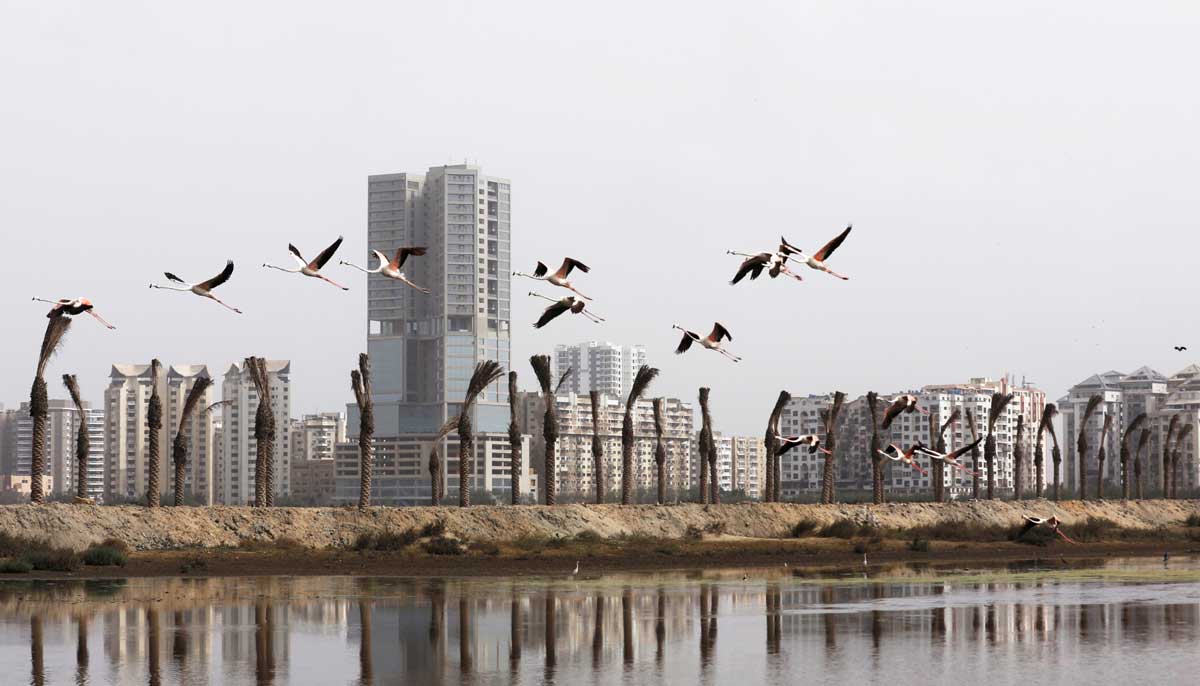
A well-designed plan has the potential to bring significant improvements to the community, including increased property values and a better quality of life for residents. But if not executed properly, it could lead to a disaster, particularly for the urban poor.
To ensure its success, several key factors are being considered, including comprehensive data-based mapping, community engagement, coordination among government agencies, environmental protection, economic development, and effective implementation with adequate resources and political will.
These considerations will ensure that the needs and desires of the city’s residents are adequately represented, its resources are conserved, and its economic development and job creation are supported. This might be a crucial step towards building a better city, and if the government involved the communities and stakeholders in the process, all would work together to ensure its comprehensiveness, effective design, and implementation.
It is essential that the plan addresses the current environmental challenges and the needs of citizens, as this master plan for Karachi is an opportunity for the metropolis to reimagine its future and work towards a better tomorrow.
Muhammad Toheed is an urban Planner, geographer and Associate Director at Karachi Urban Lab, IBA. He tweets @UrbanPlannerNED



